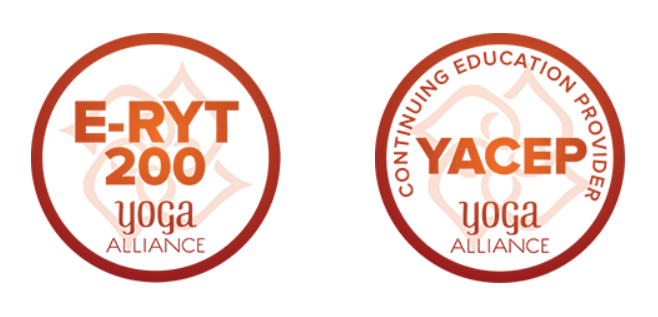
YS 110 | Tibetan Yoga: Histories, Practices, Transformations
Now Available for Self-Study
ENROLLMENT OPTIONSCourse Description
Yoga in Tibetan Buddhism refers to a diversity of methods and techniques that are transmitted orally, based on practices encoded in tantric Buddhist texts originating, in written form, from the sixth century. Although Tibet’s pre-Buddhist tradition of Bon also transmits yogic practices based on breath and movement, this course focuses on methods and techniques of yoga taught within diverse lineages of Tibetan Buddhism, beginning with the Guhyasamāja Tantra, in which the word haṭha refers to a physical technique for inducing visionary appearances so as to enter into deeper states of meditative equipoise.
The course investigates the diverse cultural and religious influences which contributed to the development of Tibetan yoga, and in particular to the practice of trulkhor, sequenced movements which entrain body, breath, and mind towards dynamic synchrony in support of self-transcendent gnosis, or bodhi. Connections will be explored with ritual dance forms within Vajrayāna Buddhism as well as Trulkhor’s foundational role in the ‘Six Yogas of Naropā’, which awaken the tantric yogic body (gyülu) through embodied practices of fierce heat (tummo and karmamudrā) and radiant light (ösel, milam, and bardo yoga).
In exploring the history and function of physical practices within both monastic and non-monastic forms of Tibetan Buddhism, this course will illuminate the progressive approaches of Mahāyoga, Anuyoga, and Atiyoga and their correlation with Generation, Completion, and Great Perfection (Dzogchen) stages of yogic realization. Lastly, the course will explore the ways in which practices of Tibetan yoga have been investigated scientifically towards a deeper appreciation of voluntary control of the autonomic nervous system and contemplative interventions that extend the range of human connection and compassion, beyond the disempowering illusion of separateness and other habits of discontent.

Course Modules
Module 1 — TIBET’S CHAMBER OF SECRETS: A Visual History of Tantric Buddhist Yoga
Module 2 — YOGAS OF FIRE AND LIGHT: The Flow of Illuminating Nectar
Module 3 — BEING, CONSCIOUSNESS, AND BLISS: Embodying Self-Transcendent Rapture
Module 4 — LIBERATING THE MYSTERIES: Science, Systemic Compassion, and the Tantric Commons
Tibetan Yoga: Principles and Practices (2019)
In addition to other PDFs which will be provided for enrollees, students will be assigned chapter readings from Dr. Ian Baker's latest book. While not required for participation in the course, students are encouraged to purchase a copy in advance of the course.
PURCHASE
Students Will Receive:
- 4 Pre-recorded Video + Audio lectures (90 min)
- 4 Pre-recorded Q&A sessions (90 min)
- 4 YS Credits
- 12 Hours of CE credit with YA
- Course Syllabus (PDF)
- Weekly Readings (PDF)
- 4 Multiple Choice Quizzes
- Yogic Studies Certificate (PDF)
- Access to the private Community Forum
Dr. Ian Baker
PhD, University of Strathclyde, Glasgow
Ian Baker is the author of several books on Himalayan and Tibetan religion and culture, including Tibetan Yoga: Principles and Practices, The Dalai Lamas Secret Temple: Tantric Wall Paintings from Tibet, and The Heart of the World: A Journey to Tibet’s Lost Paradise.
He received a Masters degree in English Literature from the University of Oxford, pursued further graduate studies in Buddhism and Medical Anthropology at Columbia University and University College London, and completed doctoral work in Medical Humanities at the University of Strathclyde, Scotland. He was lead curator for the 2015-16 London exhibition, ‘Tibet’s Secret Temple: Body, Mind and Meditation in Tantric Buddhism’ and was recognized by National Geographic Society as one of seven ‘Explorers for the Millennium’ for his fieldwork illuminating the Tibetan tradition of ‘hidden lands’ (beyul), idealized sites of yogic practice. His current research focuses on the contemporary interface of Indo-Tibetan yoga with art and science.
This course is eligible for 12 hours of Continued Education (CE) credits with Yoga Alliance

Stay Informed
Sign up for the Yogic Studies mailing list to find out first about upcoming courses, podcast episodes, promotions, events, and the latest research delivered straight to your inbox.


